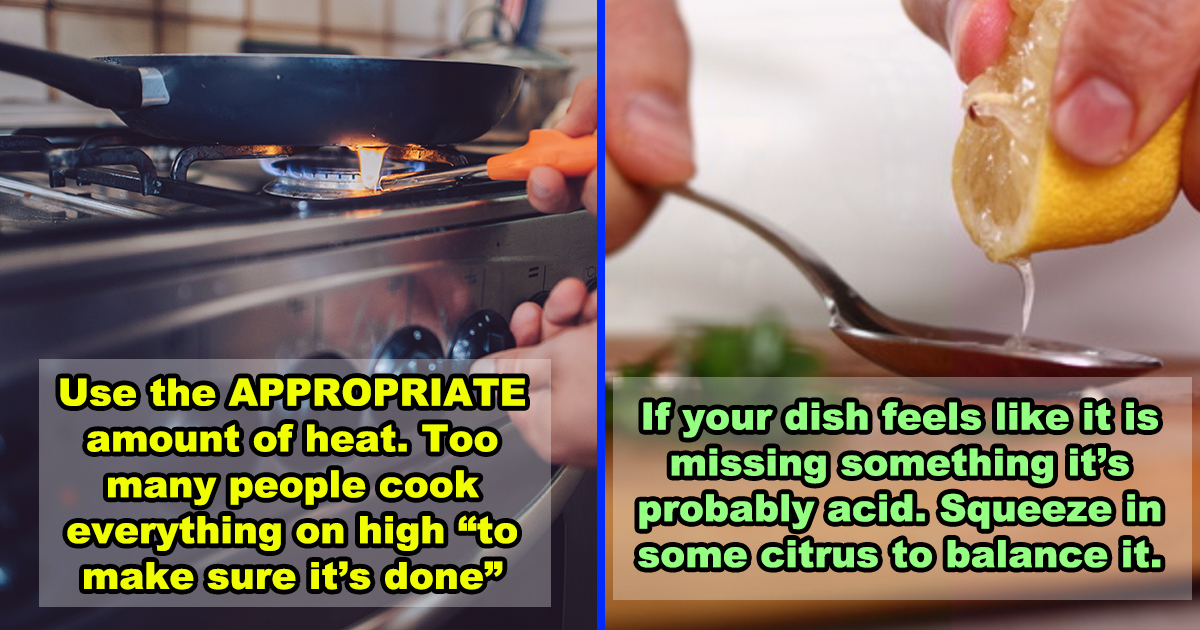In the bustling digital kitchen of Reddit, a thread has emerged as a goldmine for culinary enthusiasts seeking to elevate their home cooking. This online gathering of good cooks and novices alike has cooked up a feast of invaluable tips, from secret ingredient hacks to game-changing cooking techniques.
Whether you’re a culinary greenhorn prone to microwave mishaps or an aspiring chef aiming to finesse your dishes, these shared secrets and cooking hacks are your ticket to transforming mundane meals into gastronomic delights.
We’ve sifted through the savory advice to serve you the best slices of wisdom, ensuring your next kitchen endeavor is not just a meal, but a masterpiece.
Let’s whisk through these top pro cooking tips and turn your trials into triumphs.
1.
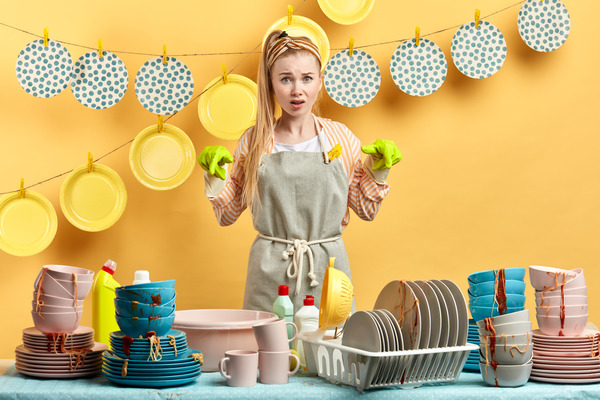
Clean up as you cook. – headsr_llo
2.
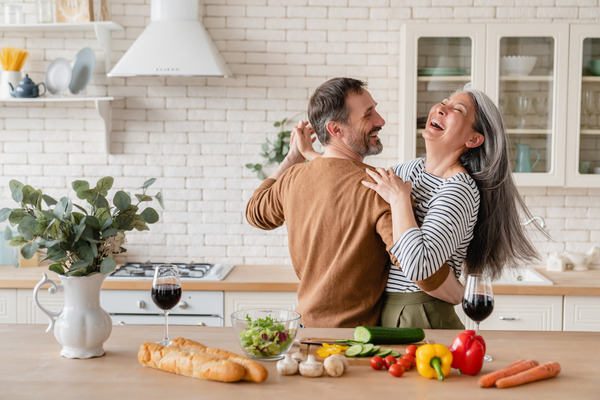
Marry someone who loves cooking. – existential_prices
3.
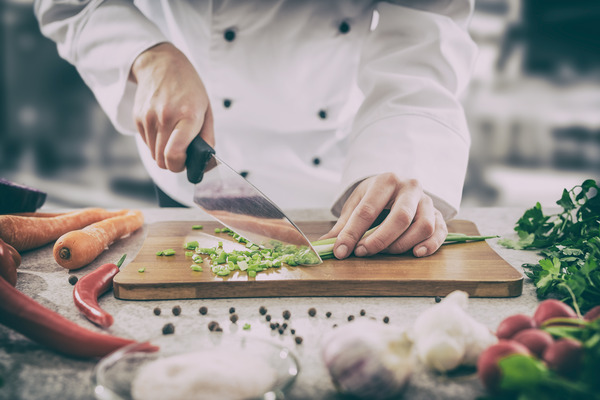
Keep your knives sharp. And always respect them. – nodivisioninmath
4.

Most of cooking is prep work. So, have all the ingredients and necessary utensils handy. – Spitfire-XIV
5.
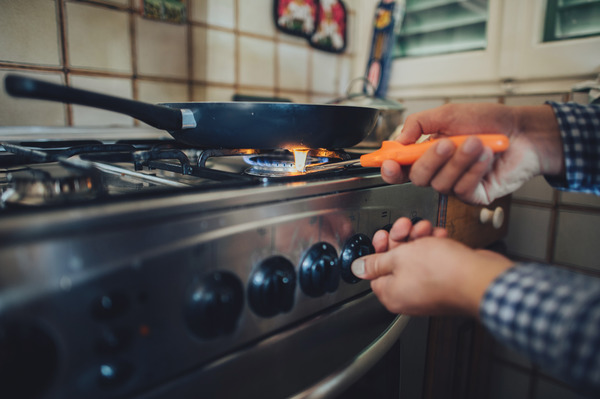
Use the APPROPRIATE amount of heat. I see too many people cook everything on high “to make sure it’s done” lol. – bmaayhem
6.
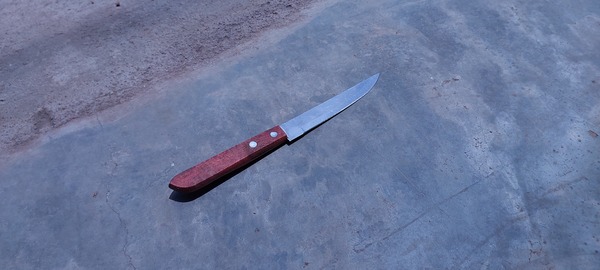
A falling knife doesn’t have a handle. Get out the way quickly and wait. – Ill-Appointment6494
7.

If you leave the kitchen while something is cooking because it needs time, set the egg timer. Every time. – someMeatballs
8.

Don’t throw water on an oil/grease fire. – Suspicious_Ad_672
9.
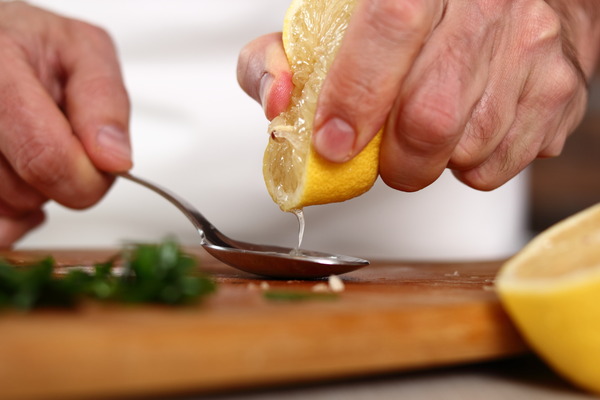
If your dish feels like it is missing something it’s probably acid. Squeeze some citrus and it will come into balance. – Summer-Acrobatic
10.
Ex – chef here.
– Make sure you have a cloth and disinfectant nearby and clean after each job.
– Have two containers or bowls behind the chopping board or just to the side for the ingredient cutoffs and general waste. At the end just dispose the contents of both bowls in the appropriate bins. This is more efficient, as you won’t have to keep running around the kitchen to throw things away. Not to mention safer
– Never carry knives or hot pans around the kitchen without telling everyone in the vicinity that you are doing so. This is so no one gets hurt. Communication is key.
– Keep your knives sharp. A cut from a sharp knife is much better than one from a blunt one.
Please don’t use a knife block, it’s a bacterial orgy in there.
– Be mindful of the temperature of the pans, understand what hot looks like.
– Place pans on the stove with the handles facing the wall behind the stove. This is so if anyone walks by the stove the pans don’t flick off and the contents spill on them.
– Weighing is your friend, especially when doing bakery or pastry.
– Be mindful of cross contamination, clean and disinfect as and when. Especially with high risk foods.
– Understand the 14 main allergens and design a plan when preparing food. When, how and where.
– WASH YOUR HANDS, TIE YOUR HAIR Back, COVER WOUNDS WITH BLUE, STERILE PLASTERS AND REMOVE WATCHES AND RINGS. This should go without saying but I have witnessed these bad habits all-too-often, and I’m still in horror of it. There are some truly grim people out there, chefs included.
Ultimately have fun, cooking shouldnt be a chore, it’s exciting and wonderful. The pleasure you can attain from it is unparalleled. It’s a great skill to harness and is extremely useful not to mention an attractive trait. – Yep_ItSean
11.
Preparing everything and having them ready to go makes cooking a whole lot easier.
You see all those chefs with 20 years of experience in all those cooking shows cutting up vegetables and filleting a fish while already having a pan on the stove. Unless you’re a professional chef and know how to control the heat and exactly how long everything takes to cook, don’t do what they do.
Cut and slice everything beforehand. Marinate the meat. Lay everything out right next to you. Any sauces, liquids or seasonings also have them ready and within easy reach. So the moment you start cooking you can just focus on the cooking. You’re less likely to panic when you don’t have to worry about burning garlic because you’re not done slicing the carrots yet. – CrimsonPromise
12.
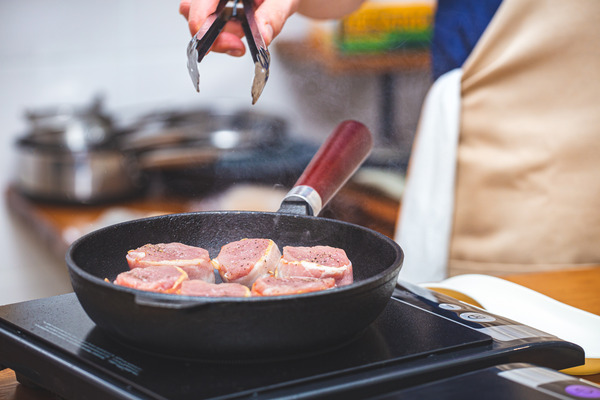
NO METAL UTENSILS ON THE NONSTICK PAN. – chynabrack
13.
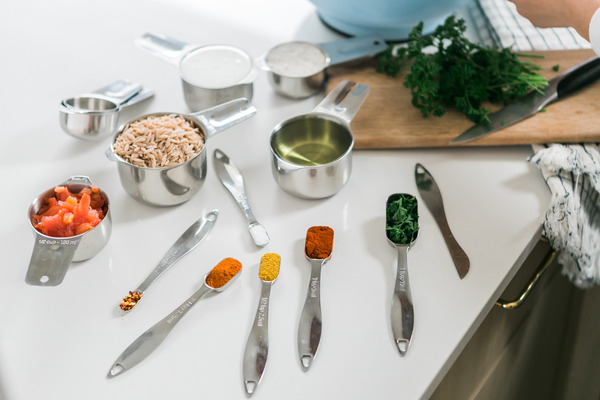
Measure spices & seasonings in advance, and if they’re added at the same time – mix them all in one container. If you have the little spice jars with sprinkle lids, sprinkling over a steamy pot introduces moisture into the jar, and gums up the holes in the lid.
Most important for me though: Take advantage of the down time and CLEAN AS YOU GO! Nobody wants to clean the whole kitchen *after* dinner.
One more – I have a three dish towel system: one perfectly clean towel for drying rinsed knives/utensils/dishes, one clean enough to dry your hands, and one rag for wiping down countertops/cooktops or wiping out pans. – answermethis0816
14.
For those who use a lot of garlic, cut the “stem” end of the garlic before slightly smashing under your knife. The peel will slide right off. – CaptainMoist23
15.
Leave it alone, depending on the dish of course. A lot of people move what they are cooking way too often. You will have a hard time getting that nice caramelization if you keep touching it. – Woden8
16.

Generously salt your pasta water and don’t rinse it after straining. – slowdownwaitaminute
17.
My father had a saying growing up about cooking: Eat your mistakes. A large part of cooking is finding out what you like, what things taste like when you do it wrong, and thinking about your next attempt while eating your current disaster. Taste as you go. Find out what difference it makes when you add X. And soon enough you’ll know what will happen without having to monitor every little thing.
Other quicky tips:
• Butter is the world’s greatest food. Use it wisely.
• If you want something to taste super garlicky, add it in later on in the process. For a mellower garlic taste, add it early.
• Think about what you’re cooking for longer than the time it takes to cook it. Having a plan, mise, and all the steps lined up (in your head or written down) takes the frantic work out of it, and allows you to focus on the actual cooking.
• Have fun. It’s just food. – canadianpaleale
18.
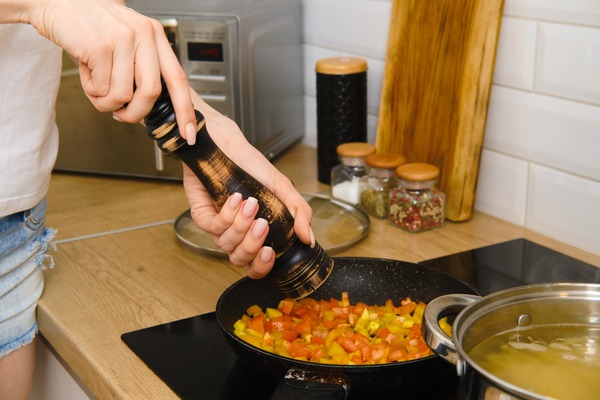
My life was changed when i bought a pepper mill. Freshly grind pepper makes the dishes so good (just don’t over do it!)
Also, this might not be a good tip for you, but when i lived alone i didn’t had much stuff, just what i needed. This way, i made sure to always keep my utensils clean. I was not allowed to pile them dirty. – weet9342
19.
When browning meat, the little bits that get stuck to the bottom of the pan/pot are called fond and they’re packed with flavor. Deglaze the pan with a liquid (water works, but something a little acidic is better, like wine or even water with some lemon or tomato paste, depending on your dish).
Pour in that liquid and scrape the bottom of the pan to get the fond up and into the liquid so it can absorb back into the meat for more flavor and added moisture. Now, that’s not to say that burned bits on the bottom of the pan will taste good…that should be tossed. But the little brown bits can bring a lot of flavor to the dish. – OrangeBlood1971
20.
The process of cooking ground beef is usually called “browning” but so many people are “graying” their ground beef. Gray beef is bad.
Preheat the pan and toss big chunks of ground beef in. Don’t break it up until you start to see the dark crusty brown. As soon as you start to see the dark brown crust, turn your big chunks until it happens again.
Don’t break up the ground beef until you have a good amount of crust developed. And when you do, ideally use a sharp metal spatula [in pans that accept this only!] “crushing” the ground beef will release moisture into the pan, boiling your beef instead. – Scozz554
21.
When cooking something for the first time, follow the recipe precisely. If it says add an ingredient to taste, start low and add more later. You can’t unsalt a dish. When you get comfortable, you can make adjustments. – spaghoni
22.

Keep a “garbage bowl” with you at your prep station. I love just tossing scraps of veggies into the bowl instead of opening and closing and going to the garbage can every time I need to toss something. – Nazathan
23.
Iceberg lettuce. Store in a Ziploc style bag. Place a lightly folded paper towel in the bag and remove as much of the air before sealing.
It’ll last so much longer. – DroolingSlothCarpet
24.
Do not buy chicken broth!!! Buy chicken bouillon and mix it with water. You’re paying extra at the store for water – that’s it. – Shakedown7
25.
A lot of food prep is a science—especially baking. Accurate measuring tools are essential. Get some good measuring spoons & cups, an inexpensive digital scale, a meat thermometer, a candy thermometer.
I also have an inexpensive IR gun to measure surface temperature of pans and equipment. Also, check your oven’s accuracy with an oven thermometer and the old “parchment on a baking sheet” test to find hot/cold spots. – JasperDyne
26.
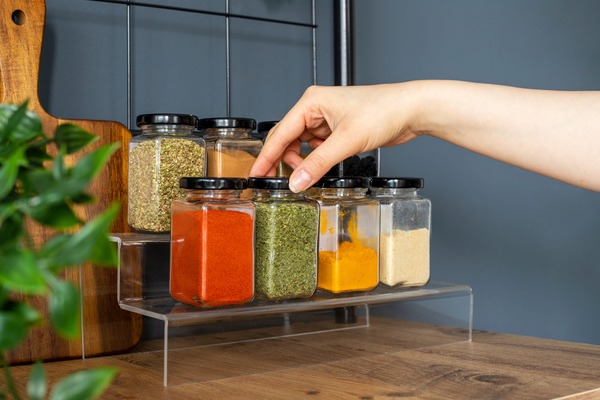
Don’t underestimate the importance of herbs and spices.
The finer you chop garlic the more garlic you’ll taste in your food.
Fresh ginger is pretty much essential in Asian cuisine.
Watch YouTube videos on different ways to cut vegetables and fruits.
Cooking a dish with the top open will allow the water to evaporate from the food whereas keeping a lid on will contain the moisture in the pot. This can help you in your decision on how you want your dish.
Use dried herbs to cook with and fresh herbs to cook with and garnish for extra flavour. – jadethevenom
27.
A good, weighted, stainless steel pan can be as useful as a cr***y nonstick. Slowly heat the pan, never start hot and make sure to add fat (cooking spray, butter, etc).
Also, a good rule of thumb: salt, fat, acid and heat make nearly every dish better. If something you’ve cooked seems to be lacking, you may be missing one of these components. – sixfourtykilo
28.
Cooking on high will not get the food done quicker it will just burn the food. – hedgewitch5
29.
Umami boosters. Veggimite, Marmite, nutritional yeast, Worcestershire sauce, fish sauce, &c. Add to savory dishes, especially sauces and soups, adds a layer of flavor the taster usually can’t place, but makes the dish 10x better. – TheHadMatters
30.
Don’t be afraid to experiment with your spice rack. Figure out what flavors go together, what your usual go-tos are, and what you can add to pre-made mixes to make them pop. Easy example – I found adding paprika to my Adobo seasoning whenever I grill chicken or pork tastes awesome. I can usually BS something to season my food with pretty easy at this point based on mood and what I’m eating with it. – JohnLeRoy9600
31.
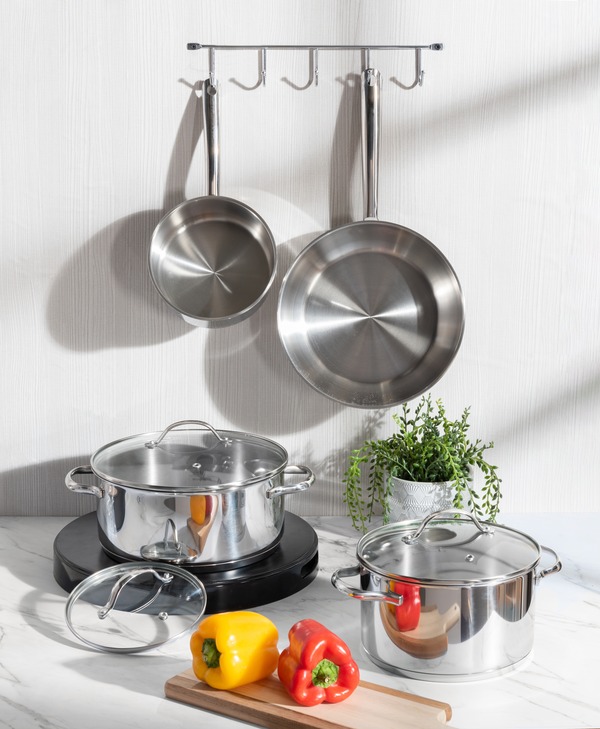
Don’t buy cheap pots, pans, utensils, etc.
Get a GOOD chef’s knife.
Read (I would suggest starting with Kitchen Confidential by Anthony Bourdain) books from lists like:
escoffier.edu/blog/world-food-drink/5-books-all-chefs-sbould-read
Buy and use recipe books
Explore different styles of food than you’re used to eating.
PRACTICE, PRACTICE, PRACTICE!!! (which is much easier if you love to eat as much as I do) – Dreamingwolfocf
32.
Try to time your steps so that you can do the dishes while stuff is cooking. – Pokemeister01
33.
Boil a kettle before you start (if you need hot water) rather than waiting for water to boil on the stove. – Boil a kettle before you start (if you need hot water) rather than waiting for water to boil on the stove. – Wild_Basket_4501
34.
Soaking is for schmucks. Do the dishes now, loser. – anon
35.
Rinse your rice before cooking it. With most white rice you want to rinse it at least 3 times but I like to rinse it more. When the water is mostly clear, it’s good to go. To measure the water you gently touch your index index finger to the rice. The amount of water you want to add should reach your knuckle, more or less. I like to add salt once the water is clear.
We didn’t have a rice cooker so I always used a pot. Put a lid on the pot at a small angle, so there’s a tiny air gap. Cook on high then turn it down to medium before it boils over. Once the surface stops bubbling the rice should be good to go. After fluffing of course. – slowdownwaitaminute
36.
Watch “good eats” I believe it is on Netflix, and it’s loved for it’s simplicity and perfect explanations. – myLover_
37.
Always use more Garlic than the recipe calls for. – PlebsLikeUs
38.
You don’t need to use high heat when you’re cooking on a stove top. Medium heat will cook things just as well. It’ll take a little longer, but your food won’t be burnt. – J1m8ob
39.
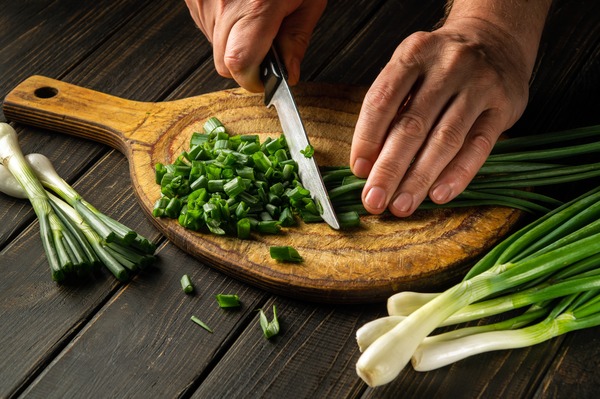
Adding green onion to your 25 cent ramen packs makes you feel fancy. – bigcat6088
40.
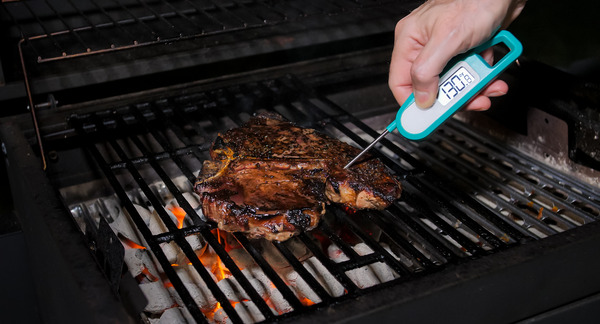
Get a nice thermometer if you are cooking meat, specially steak. – attitudeissuccess


